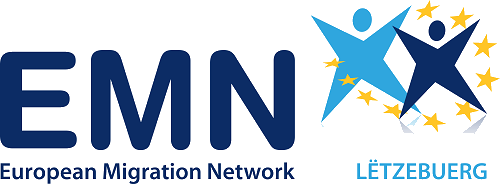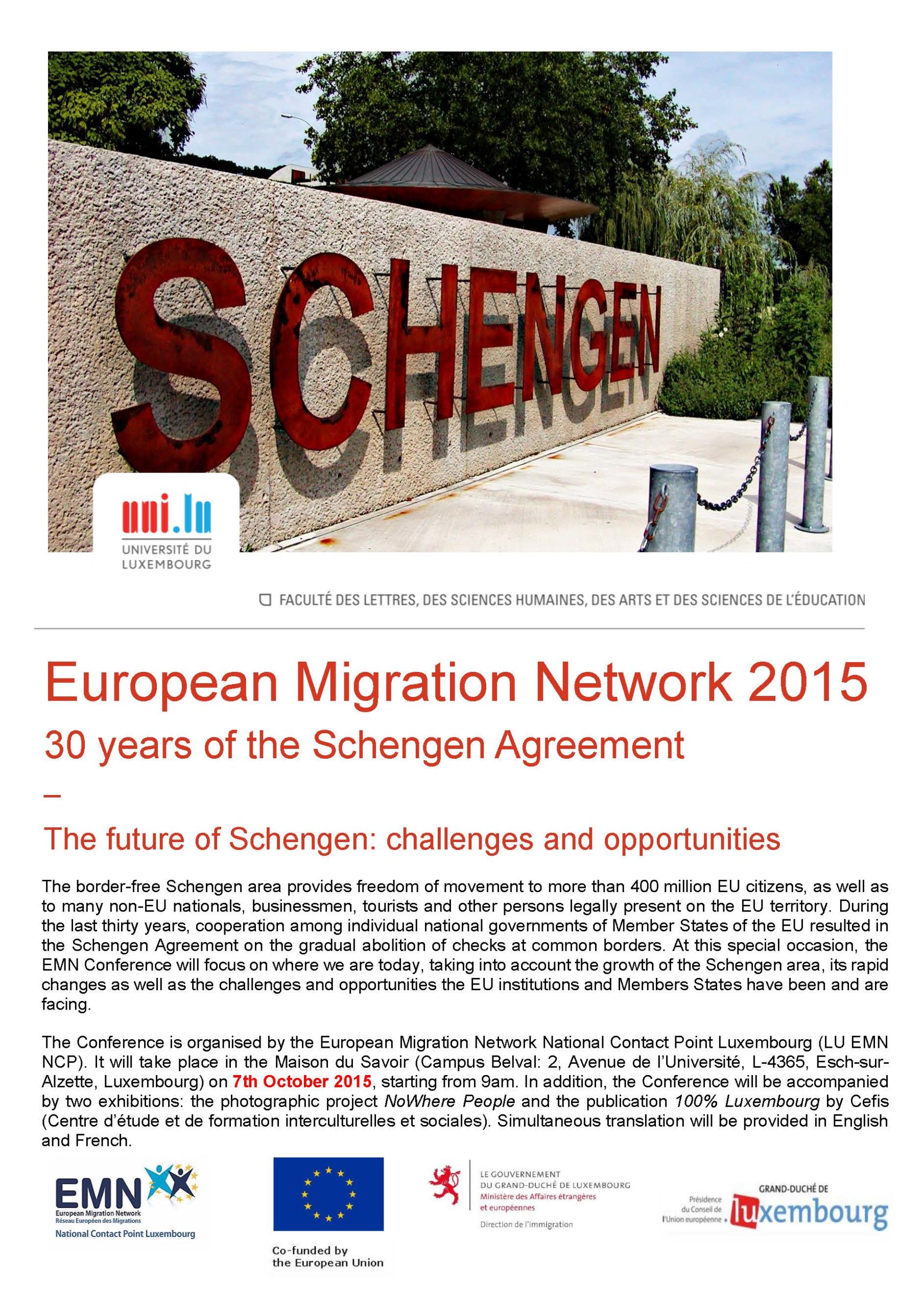The conclusions and the summary of the conference are now available.
Framework for the EMN Conference 2015
Thirty years ago, in 1985, the first Schengen Agreement was signed between individual national governments of EU Member States. Until 1995, the first Schengen Agreements were implemented with seven Member States. Today, the Schengen Area encompasses 26 countries, including almost all EU Member States, as well as non-EU States Iceland, Norway, Switzerland and Liechtenstein. The border-free Schengen Area makes a reality of free movement for more than 400 million EU citizens, as well as to many non-EU nationals, businessmen, tourists or other persons legally present on the EU territory.
Freedom of movement brings both benefits and risks, and Member States of the Schengen Area have to manage both. Membership in the Schengen Area requires the fulfilment of a list of pre-conditions. These involve, for example, demonstrating capability to take responsibility for controlling the EU external borders on behalf of the other Schengen States, issuing uniform Schengen visas, and cooperating with law enforcement agencies in other Schengen States in order to maintain a high level of security once controls at internal borders are removed.
The current migratory developments and the large arrivals of asylum seekers represent a serious challenge for the EU: in response to the pressure exerted on the common external borders, a few Member States reintroduced temporary border controls, which is an exceptional possibility regulated by the Schengen Borders Code only in cases of a crisis situation, though deemed temporary. The severity of the refugee crisis signals the pressing need to agree on and implement a common and comprehensive response (as presented by the measures proposed by the European Commission on 9th September 2015) as the Schengen Area cannot function efficiently without ensuring an effective management of the common external borders and promoting solidarity among Member States.
Within this framework, the EMN Conference in Luxembourg aimed to discuss the developments and the perspectives of “Schengen” regarding topics like border management and irregular migration, as well as to explore the current key challenges to preserve and further extend the Schengen area. The Conference also intended to raise the awareness about the Schengen Acquis and to deliver ideas to feed future policy debates at international, EU and national levels.

























